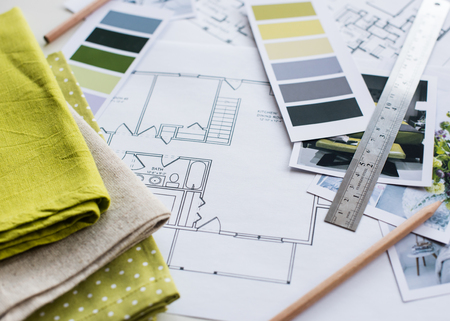
Interior design is the balance between art and science. Different elements can create design aesthetics or produce functionality. There are thousands of different ways to help change a mundane room and create something unique and beautiful. Although we cannot all be interior designers, we can learn to think like them. Interior designers have basic rules they follow when scheming a room. Everything that goes in has a time, place, and purpose. Training yourself to think more like an interior designer can help you create your own masterpiece.
To help, we created this series to help you learn several fundamentals of design and how they can influence and atmosphere. Join us, as we explore all there is to know about how to think like an interior designer:
Purpose
When you first enter a space, you need to determine the purpose of the design, and what you are trying to accomplish. Is it a space that you will spend most of your time alone or will you be hosting company? Are you looking for a major renovation or are you simply just trying to spruce the space up a little bit? Asking yourself these questions will help you in the process. You need to determine your budget in the stage as well. Creating a budget will be a very determining factor in what you can and cannot accomplish in a given room.
Inspiration
A lot of interior design is influenced by inspiration. A style you saw at a commercial building or a theme you witnessed at a friend’s house may serve as your design inspiration, and believe us; inspiration is all around us. Try to collect your thoughts and gather all the inspirations you want to incorporate. Just keep in mind that they may not all work together. Maybe you have a Pinterest or save images of designs you would like to replicate. Build a portfolio and decide what you want to add to your own design. Perhaps, a certain countertop really stood out to you in a magazine, but you love a sink that your neighbor has. Gather everything you want to add to your space. Find images, colors, patterns, textures, and designs that all feel meaningful to you. Remember, your budget will help determine what stays and what goes. Then, compile the styles and themes that can work with one another. Maybe, you noticed you really like Transitional themed rooms but also saved some Rustic and Industrial concept ideas. Eliminate the outliers. Develop a theme that will work with itself and unify the room.
Check out the rest of this series for more insight on thinking like a designer. Learning some of these tricks can be extremely helpful in creating your own space. Explore options and different designs to find the perfect one tailored to your home before creating it.

Leave a Reply